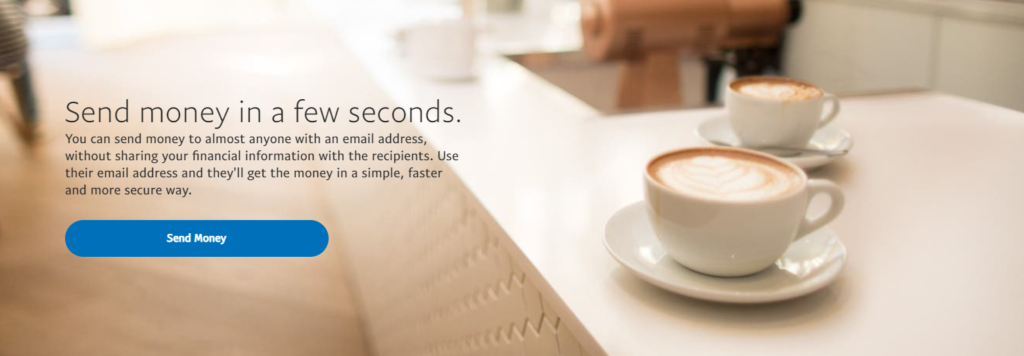For most of the past couple of decades, PayPal has remained the top name in the online receipts and payments market. The platform has over 346 million users by 2020, which many believe will grow in the future.
There are many features that the platform offers its users. These features have been one of the main reasons for its success.
In terms of competition, various platforms offer the same services as PayPal. However, most of these competitors do not come close to the quality and features of PayPal.
PayPal also has many subsidiaries through which it provides users with similar services or uses them to expand its current services and markets.
Overall, PayPal is a safe platform for users to make transactions online. However, there are also some risks associated with using the platform.
Some of these risks relate specifically to PayPal. Some others apply to all the platforms that are on the internet or offer similar services. While these risks do not make the platform unusable, users must be aware of them when using it.
Five risks of using PayPal
The top five risks associated with using PayPal are as given below.
1) Chargebacks
One of the risks of using PayPal for businesses is the risk of chargebacks. PayPal allows its users, specifically buyers, to dispute any payments they have made to sellers and make a chargeback.
It also allows buyers to receive their money back if the seller does not deliver the promised product or service. However, PayPal does give the seller a chance to provide evidence if they have completed their end of the deal.
However, the process focuses on compensating buyers rather than sellers. It can give buyers a chance to make fake chargebacks and receive both their money and the product from the seller.
This case especially applies to buyers who purchase digital products but can’t return the product to the seller.
2) Phishing attempts
Another risk associated with using PayPal is phishing attempts that users must face. Phishing is the process of leading users to a fake PayPal website in order to obtain their credentials.
They are common to all internet platforms that have a login system. For example, they can apply to any social media platform or online marketplace. However, the chances of phishing attempts are significantly higher for PayPal users as money is involved in their accounts.
While the platform does have security measures to tackle such attempts, these attempts can also occur outside it, for example, through email. In such circumstances, PayPal cannot do anything.
3) Fraud
Fraudsters and fraudulent activity are common on PayPal. While most of the platform consists of users that utilize the platform for their needs, some users use it to scam others.
Fraud is also prevalent on almost all platforms that involve users’ money. However, due to the high number of users on PayPal, fraudsters try to target these users more.
Frauds can come in many forms and shapes. Usually, these include scammers trying to lure PayPal users into paying them without delivering a product or service in exchange.
Similarly, it may also consist of scammers receiving products but still registering a complaint with PayPal, in which case the platform returns their money.
4) Unauthorized transactions
Most platforms allow users to transact with them through PayPal. These platforms let users store their account information for regular transactions with users, so they don’t have to fill in the information for every transaction.
However, users who don’t use trusted platforms may get charged for unauthorized amounts in their accounts, which can be problematic.
This problem isn’t new, though. Many users have complained about random unauthorized transactions on the platform.
Most of these transactions come from platforms where users store their information. For most of these cases, PayPal can’t help users either, as they may not have enough evidence to show it.
5) Frozen account
PayPal has control over all the accounts of users on the platform. It allows the platform to take care of any issues that users face and solve them on time. However, PayPal may also freeze these accounts or withhold balances from them.
Most of the time, the platform doesn’t even warn users beforehand. It may create an issue for individuals or businesses that rely on PayPal for regular transactions.

Similarly, PayPal may also fully disable or block users from using the platform. Most of the time, PayPal does this due to its anti-fraud or security features.
Similarly, once the platform freeze or blocks accounts, there is limited support available to users, which makes it even more difficult for them to recover their accounts or balances.
Conclusion
PayPal is the world’s largest online platform for payments and receipts. The company has been on top for two decades without any worthy competition.
While the platform is mostly safe for users, some risks are also associated with using it. Above are the top five risks of using PayPal that users need to know.